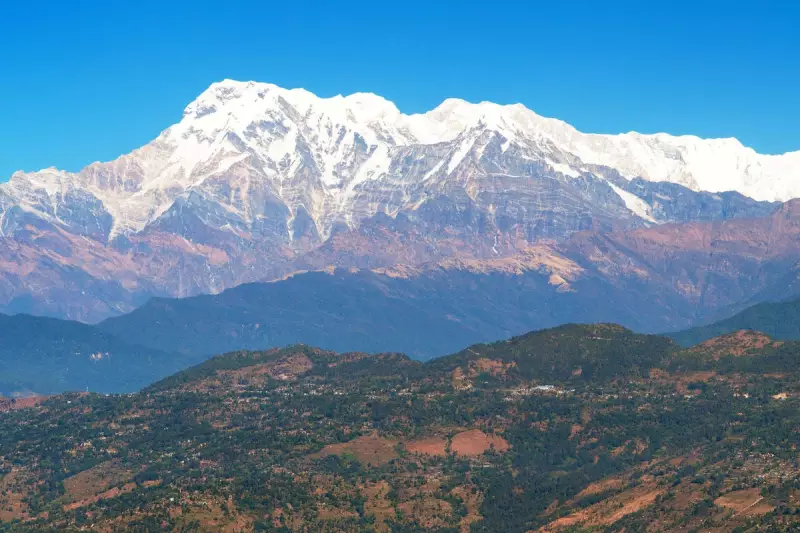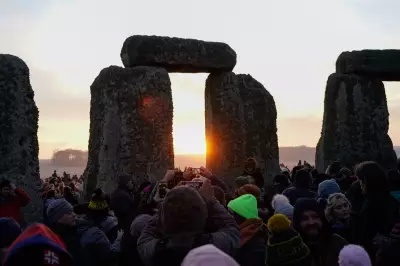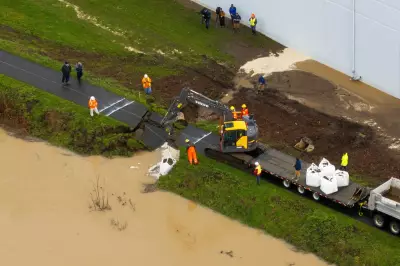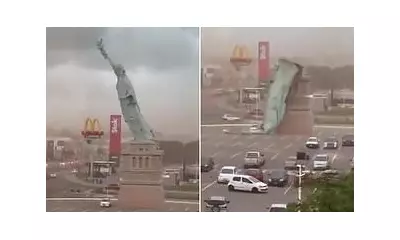
A catastrophic avalanche has struck the Himalayan peak of Yalung Ri, claiming multiple lives in a tragic mountaineering incident that has shaken the international climbing community.
The Incident Unfolds
The disaster occurred on Wednesday when an avalanche swept down the 5,630-meter mountain in remote north-western Nepal. According to local authorities and expedition organisers, the avalanche struck without warning, burying climbers under tonnes of snow and ice.
Rescue operations were immediately launched, with helicopter teams battling challenging weather conditions to reach the remote location. The difficult terrain and high altitude complicated recovery efforts, with rescue teams working tirelessly to locate survivors and recover victims.
Mountaineering Community in Mourning
The climbing world has been left reeling by the tragedy, which serves as a stark reminder of the inherent dangers of high-altitude mountaineering. Yalung Ri, while considered a less technical climb compared to neighbouring peaks, still presents significant risks, particularly from avalanches and sudden weather changes.
Local climbing agencies have expressed their condolences to the families of those affected, while international mountaineering organisations are reviewing safety protocols in the wake of the incident.
Himalayan Safety Concerns
This tragedy comes during the popular autumn climbing season in the Himalayas, when hundreds of mountaineers attempt various peaks across the region. The incident raises important questions about:
- Avalanche prediction and monitoring in remote areas
- Emergency response capabilities in high-altitude environments
- Climbing season safety assessments
- Expedition preparation and risk management
Nepalese authorities have pledged to conduct a thorough investigation into the circumstances surrounding the avalanche, while continuing to support affected expedition members and their families.





